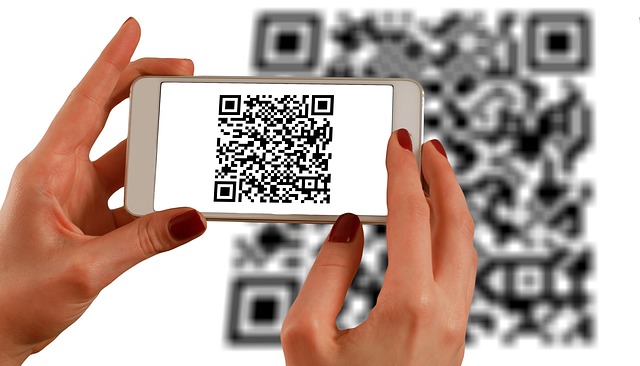The deadline for compliance with the new Falsified Medicines Directive (FMD) is fast approaching. If you haven’t already taken steps to upgrade the systems and processes in your manufacturing facility, you should do so now.
In most situations, this will involve an enterprise serialisation solution and an upgrade to your packaging lines.
Below we answer some common questions about the FMD to help you understand what you need to do.
What is the Objective of the FMD?
The EU wants to protect its citizens from falsified medicines. The FMD also gives added protection to the pharmaceutical industry, helping to protect supply chains, market position, intellectual property, and more.
Where Does It Apply?
The FMD applies to all existing members of the EU, including the UK as it is committed to keeping its regulations in line with the FMD after Brexit.
Other countries outside the EU are also coming into line with the FMD, including Iceland, Norway, Switzerland, and Liechtenstein.
If you sell pharmaceutical products in any of these countries, the FMD applies to you.
When Does the Falsified Medicines Directive Come into Effect?
The FMD goes live on 9 February 2019 so there is less than a year left to get ready.
What Does the FMD Mean for Pharmaceutical Manufacturers?
There are three main requirements you have under the FMD as a pharmaceutical manufacturer. They specifically apply to the individual products that consumers purchase/receive, i.e. serial numbers and other elements must be item-specific, not batch, carton, etc specific.
The three main requirements on manufacturers are:
- Add an anti-tampering device to the packaging of medicines. The exact nature of this device is not specified by the FMD, so it is up to you to decide what to use. Most people interpret this as standard devices that are already widely used such as seals, tape, and glue.
- Add a unique identifier (UI) to all packages. This must be a 2D barcode that contains the product code, a unique serial number, the batch number, and an expiry date.
- Upload the UI code for each product to the European Medicines Verification System. You must also send other data to this system, including the countries the product will be sold in, details of the manufacturer adding the anti-tamper device, details of the wholesalers who will distribute the product, and more.
How Does the FMD Work?
Firstly, the European Medicines Verification System sends the data uploaded by pharmaceutical manufacturers to National Medicines Verification Systems in all participating countries.
There is then a responsibility at multiple points in the supply chain to verify products. Wholesalers, for example, must scan codes to make sure they come from the manufacturer as claimed. Pharmacists must do the same plus they must check the anti-tampering device, ensuring it remains intact.
What Else Do You Need to Know About the UI Code
The UI code that you add to each of your products must be a randomly generated 20-character alphanumeric code. The randomisation element of the code’s generation adds complexity and means you will need a specialised serialisation solution to ensure compliance with the FMD.
What Do You Need to Do Now?
If you haven’t already engaged a vendor to provide the systems and processes you need in your manufacturing facility, you should start looking now.
The solutions provider should have the abilities and resources to provide support at your location, plus the solution should be scalable and future-proof. The latter is important given the evolving nature of regulations relating to the Falsified Medicines Directive as well as pharmaceutical product serialisation in general, product traceability, and more.
SL Controls has experience of the FMD and making manufacturing facilities compliant, so please contact us today.
With support and help from the right solutions provider, implementing systems to comply with the FMD can be a smooth and benefit-producing process.






